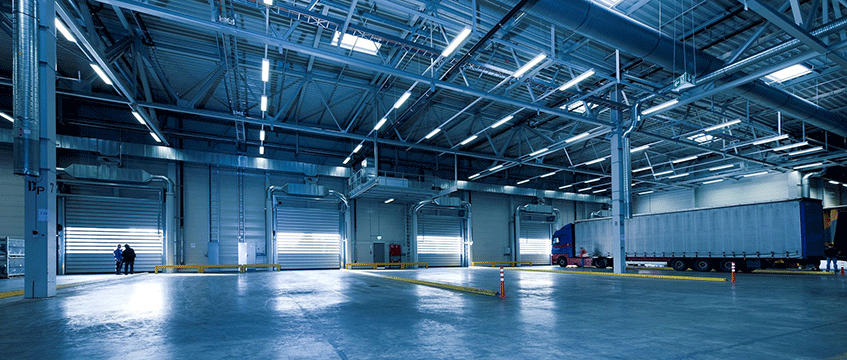Take-up of UK logistics and industrial space has seen its worst start to the year since the onset of the Covid-19 pandemic.
Cushman & Wakefield said the 8.6m sq ft of space taken over the first quarter is above the 10-year average for that period but is nonetheless the worst Q1 since 2020.
The agency said take-up is heading back to its medium-term average following the pandemic-driven expansion of e-commerce operators and post and parcel businesses – these tenants accounted for as much as 40% of quarterly take-up during the pandemic but less than 10% over the start of 2023.
Third-party logistics providers accounted for 30% of the quarter’s take-up, with manufacturing at 16%. The West Midlands saw the most space taken.
David Binks, international partner in Cushman’s UK logistics and industrial team, said: “Given the current economic trading conditions and challenges facing occupiers, the market has continued to demonstrate its resilience with demand still above the pre-pandemic average. Some occupiers are looking to enhance and intensify their use of existing assets but overall demand for well connected, automated and carbon neutral facilities is likely to remain firm.
Binks continued: “We are getting more enquiries from manufacturers and production businesses. These projects are often significant and can take a long time to materialise into the construction of physical assets, compared with the more reactionary logistics market, but it is an indicator of what we might be seeing on the ground in two to three years’ time.”
Space available for occupation as units of more than 50,000 sq ft is now greater than 60m sq ft, meaning availability is now equivalent to 1.29 years of take-up. Some 21m sq ft of space is under construction and due to complete in the next 18 months.
Yields stabilised In the investment market, with Cushman noting minor compression in secondary and peripheral locations.
Ed Cornwell, international partner in Cushman’s UK logistics and industrial capital markets team, said: “The sector’s rapid repricing has begun to attract investors back to the market, resulting in a cautious improvement in sentiment. Although the risk of another economic shock remains firmly on the radar for all market participants, changes to investment strategy and risk appetite are beginning to bed in as investors adjust.”
To send feedback, e-mail tim.burke@eg.co.uk or tweet @_tim_burke or @EGPropertyNews











